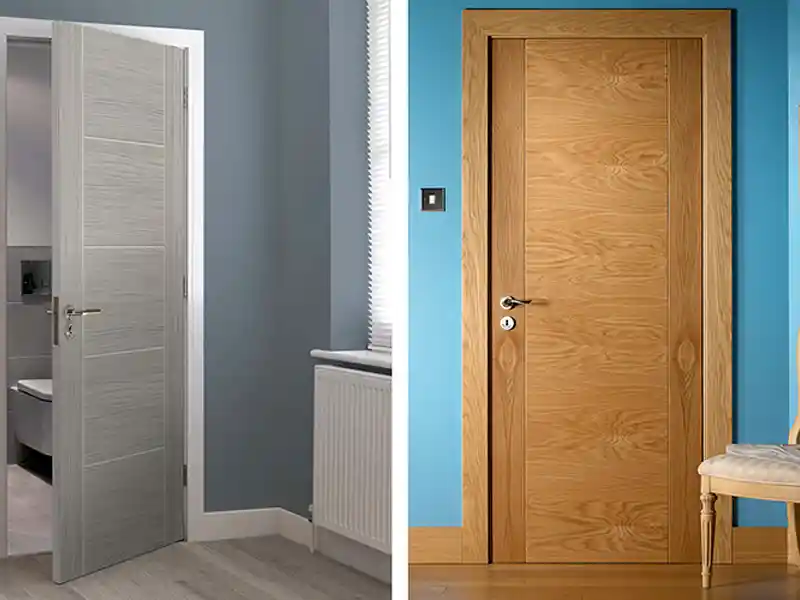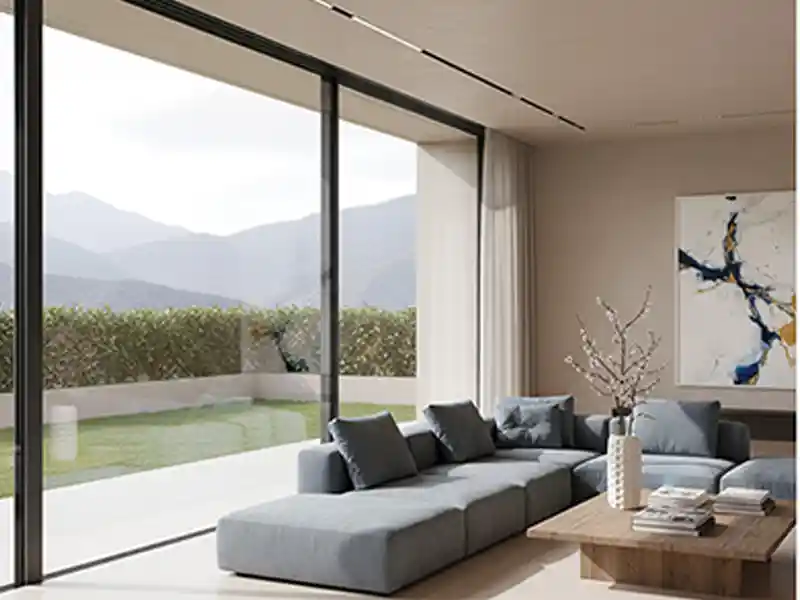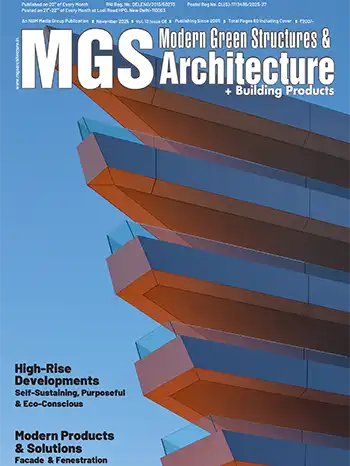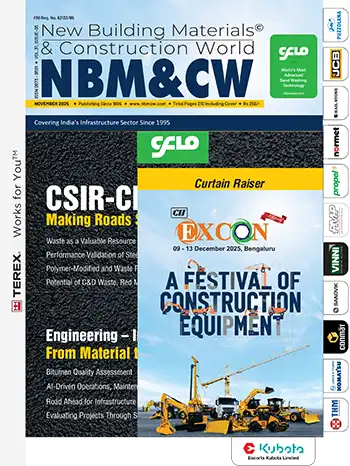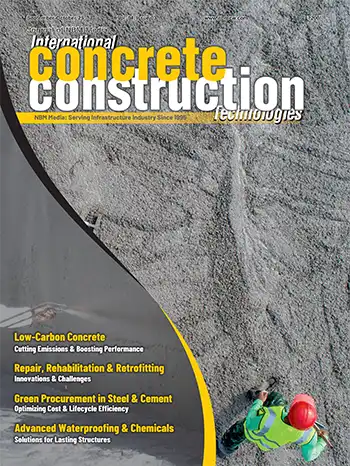
As industries began to grasp aluminium’s potential, there arose a demand for various aluminium shapes, prompting advancements in both extrusion and rolling technologies. Initially confined to basic forms such as rods and beams, ongoing technological progress enabled the development of increasingly intricate designs to cater to growing industrial needs.
Understanding Aluminium Extrusion and Rolling Processes
Aluminium extrusion involves heating aluminium until it reaches a malleable state, then pushing it through a shaped aperture in a die to form a distinct cross-sectional profile. Once shaped, the aluminium is cooled and solidified into its new form. Dies can be adjusted to create various shapes and sizes according to specific requirements. This method allows manufacturers to produce extended lengths of aluminium profiles, ranging from simple tubes or bars to intricate and highly detailed designs.In the Rolling method in aluminium processing, the metal is passed between two rollers to achieve the desired thickness and shape. This process can occur at high temperatures (hot rolling) or ambient temperatures (cold rolling), each offering unique benefits. Hot rolling is ideal for shaping thick plates and sheets, while cold rolling produces thinner gauges with enhanced surface finish and mechanical properties.
The evolution of aluminium extrusion is marked by versatility and innovation in shaping aluminium for diverse applications. From its origins in basic profiles to developing specialised designs such as honeycomb panels and perforated sheets, aluminium has continually expanded its utility across multiple industries. The methods of extrusion, rolling, drawing, and casting have enabled customisation and efficiency in production. Future advancements are poised to enhance sustainability, efficiency, and expand the scope of aluminium’s applications, underscoring its role in meeting modern industrial and technological demands.
R. K. Soni
Extruded Aluminium Shapes and Their Diverse Applications
Aluminium Sheets and Plates
Aluminium sheets and plates are versatile flat products distinguished primarily by their thickness. Sheets are typically thinner, usually less than 6mm, while plates are thicker. They are available in various alloys, each offering specific properties tailored to particular applications. Their flat surfaces make them ideal in applications requiring expansive coverage or further fabrication processes such as bending and cutting.Aluminium products like sheets are commonly used in sectors needing lightweight, flat surfaces, including construction for cladding and automotive manufacturing for body panels. They are also integral in household goods like kitchenware and appliances. Plates, due to their greater thickness, serve in more robust environments such as marine applications for boat hulls, aerospace for aircraft skins, and transportation sectors for cargo truck beds.
Aluminium Pipes and Tubes
Aluminium pipes and tubes, both hollow cylindrical products, differ primarily in how their dimensions are defined. Pipes are measured by their inner diameter or nominal size with standardised wall thicknesses, while tubes are characterised by their outer diameter and come in various thicknesses. Their hollow construction provides a combination of flexibility, strength, and reduced weight, making them ideal for numerous applications.Pipes are crucial for fluid transfer systems like HVAC and plumbing due to aluminium’s corrosion resistance. Tubes are frequently used in structural frameworks for bicycles, tents, and aerospace applications, benefiting from their strength-to-weight ratio. They also act as conduits in electrical installations.
Aluminium Bars and Rods

Bars, with their diverse shapes, are utilised in window and door frames, structural frameworks, and as decorative trim or edging in architectural and furniture applications. Rods, characterised by their cylindrical profiles, are frequently employed in machinery for tasks such as shafts or pivots and in construction settings as braces or support rods.
Aluminium Angle Profiles
Angles are aluminium profiles distinguished by their L-shaped profile. They come in various leg lengths and thicknesses, with the angle between the legs customisable, though 90 degrees is typical. This straightforward yet efficient shape makes angles versatile, allowing for easy cutting, machining, or welding to suit diverse applications.Aluminium angles act as framing elements, sturdy braces, and corner reinforcements in structures ranging from furniture to buildings. Their L-shaped design offers stability, making them ideal for shelving, window and door frames, and even decorative or trim components in architectural projects.
Aluminium Beams
Aluminium beams are elongated structural elements with a specific cross-sectional shape designed to support heavy loads. They are typically configured in shapes like ‘I’, ‘H’, ‘U’ (channel beams), or ‘T’ (tee beams), each offering optimised material distribution to handle stress and weight efficiently. The horizontal flanges and vertical web of these beams collaborate to resist bending and shear forces.Aluminium beams play crucial roles in architecture and construction by providing essential structural support in bridges, buildings, and platforms. Their lightweight yet robust characteristics also make them ideal for applications where weight reduction is critical, such as in aerospace structures and in transportation systems like buses and trains. Beams are also utilised in shipbuilding, heavy machinery, and cranes due to their durability and strength.

Aluminium Channels
Channels are aluminium extrusions defined by their U-shaped or occasionally C-shaped profiles. They feature a central web with two perpendicular flanges extending outward. Similar to angles, channels can vary in dimensions, such as flange width, depth, and wall thickness. This structural design grants channels high resistance to bending in specific directions, making them particularly valuable in applications where this attribute is essential.Widely employed in construction, channels serve various roles, such as flooring supports, runners in wall systems, or ceiling fixtures. Their robust configuration enables them to function effectively as structural components in frameworks and as conduits for piping and cables. Channels are pivotal in automotive assemblies, machinery, and marine environments, providing critical support and framing.
Custom Extrusions
Custom extrusions are crafted by forcing aluminium billets through specifically shaped dies, producing continuous lengths of material with diverse cross-sectional designs. This manufacturing method allows for intricate shapes beyond conventional forms such as tubes or rods. The efficiency and adaptability of the extrusion process ensure precise dimensions and surface finishes that are difficult to achieve using alternative methods.Custom extruded aluminium profiles are crucial for manufacturing chassis components, heat sinks, and decorative trims in the automotive sector. Architecturally, they are vital for door and window frames, modular building systems, and railing solutions. These profiles are essential for LED housings and computer hardware components in electronics. Furthermore, the aerospace industry relies on these profiles to construct key structural elements in aircraft.
Rolled Aluminium Profiles and their Distinctive Applications
Perforated Aluminium Sheets
Perforated aluminium sheets feature a variety of perforations, slots, or decorative designs. These patterns can differ in shape, size, and arrangement, offering both functional benefits and visual appeal. They enhance airflow control and improve acoustic properties.In construction and architecture, they are used for decorative facades, sunshades, and interior design elements, allowing for ventilation and controlled light penetration. In automotive and aerospace industries, they function as integral parts of acoustic panels, filtration systems, and protective covers. They are also employed in electronics for speaker grilles and shielding, as well as in agricultural settings for screens and protective barriers.
Aluminium Tread Plates
Tread plates, also known as checker or diamond plates, are aluminium sheets with a textured pattern on one surface. This distinctive pattern, often resembling raised lines or diamonds, improves traction and reduces the risk of slipping. Apart from its functional benefits, the design also lends the plates a rugged and visually appealing appearance.Tread plates are especially used in environments where resistance to slip is important. They are commonly installed as stair treads, ramps, flooring in industrial facilities, and pedestrian walkways. Their enhanced grip makes them ideal for vehicle flooring applications, including trailers, truck beds, and the foot surfaces of heavy equipment.
Aluminium Honeycomb Panels
Honeycomb panels consist of a cellular core shaped like a honeycomb, enclosed between two flat sheets of aluminium. This structure gives the panel an excellent balance of strength and weight. The core, designed like natural honeycombs, offers exceptional rigidity and compression strength despite its light weight. As a result, the panel is sturdy and adaptable when combined with the outer sheets.Due to their durability, lightness, and strength, honeycomb panels are widely favoured in aerospace sectors, where they contribute to aircraft components such as fuselages, wings, and flooring. These panels also find extensive use in construction, where they are employed to construct lightweight yet durable ceilings, wall panels, and partitions. Furthermore, they are essential structural elements in transportation systems like buses and trains.


